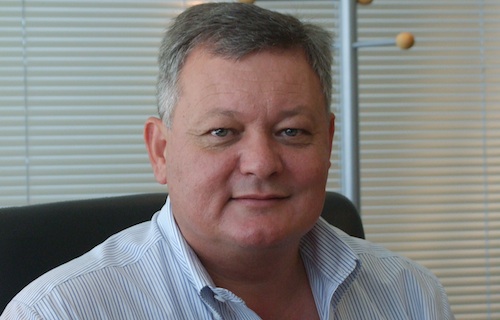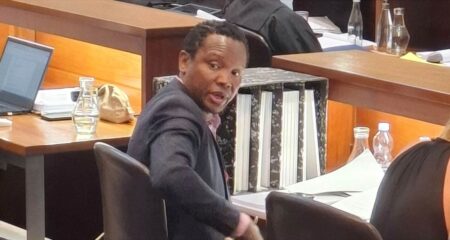
JSE-listed cellular communications group Vodacom will build two new data centres, one in Nigeria in West Africa and another in East Africa, probably in Tanzania, as it seeks to cement its presence in business data services on the continent.
“We’ve made the decision to build the facilities,” says Wally Beelders, chief officer at Vodacom Business Africa. “It’s now a matter of putting that into our capital programmes.”
Vodacom must still decide whether to build the East African data centre in Tanzania or Kenya but Beelders says the group is leaning towards the former since Vodacom already has a cellular operation in that country.
The two new facilities will complement Vodacom’s 1 300sq m data centre in Midrand, north of Johannesburg. The Midrand facility will also be expanded to 5 000sq m in the next 36 months, Beelders says.
The Nigerian and Tanzanian (or Kenyan) data centres will initially have capacity of 500sq m each, and will be expanded to 1 000sq m each over time. “Market conditions will determine how rapidly we grow those data centres.”
However, constructing data centres in those markets will prove more challenging that it was in SA, primarily because of the unreliable power supply.
The three data centres will eventually all be connected via undersea cables — the West African Cable System (Wacs) and Sat-3 to Nigeria, and the East African Submarine System (Eassy) and Seacom to Tanzania or Kenya.
Vodacom owns 12,5% of the Wacs cable and has bought seven STM-1 circuits on Eassy. An STM-1 is 155Mbit/s of bandwidth. The group has four STM-1s on Sat-3 through an agreement with Telkom and is negotiating with Neotel for an additional 16 STM-1s on Sat-3 and Seacom.
Beelders says with all this capacity it makes sense for Vodacom to provide services like disaster recovery solutions between the three data centres.
He expects Vodacom’s rivals to follow suit with data centres of their own. “I’d be extremely surprised if any of the other big mobile operators don’t adopt a similar strategy. If you are serious about extending your value proposition away from your mobile heritage, this is a logical step to take.” — Duncan McLeod, TechCentral




